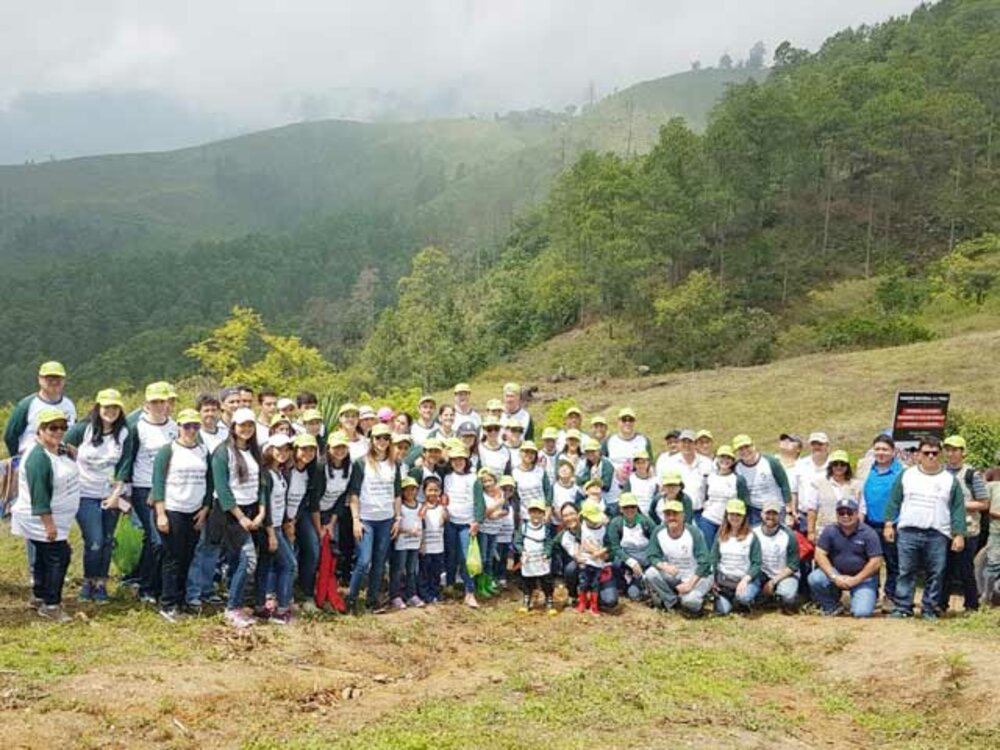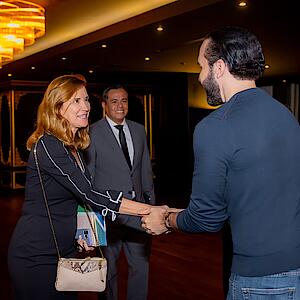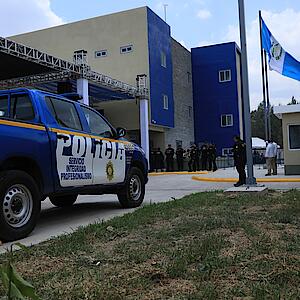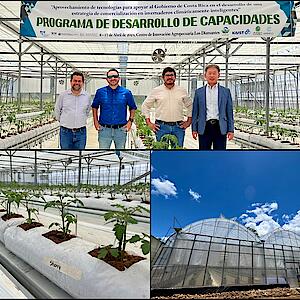1,500 trees planted during CABEI volunteer day

The initiative contributes to the reforestation of protected natural areas in Honduras and reduces the ecological footprint generated by the Bank’s operations.
Tegucigalpa, June 12, 2017. - Collaborators, their family members and friends of the Central American Bank for Economic Integration (CABEI) participated in a volunteer day, which involved the planting of 1,500 trees; the event will help speed up the recovery process of areas affected by the bark beetle pest and forest fires in La Tigra National Park.
CABEI Executive President, Dr. Nick Rischbieth; Executive Director of Fundación Amigos de la Tigra (AMITIGRA), Juan Ferrera; and the Mayor of Cantarranas, Francisco Gaitán participated in the event commemorating World Environment Day, which was celebrated on June 5.
CABEI has been implementing this initiative for six years. The event is also being replicated in the rest of the Central American countries where volunteers are being mobilized to reforest protected areas, as well as to carry out other types of work in support of the environment.
CABEI Executive President, Dr. Nick Rischbieth, stated that, “The activity contributes to reducing the environmental footprint generated by the Bank's operations; one of its main environmental impact is paper consumption.
More committed as a green bank
Environmental sustainability is a cross-cutting axis in CABEI’s institutional strategy, ensuring that it is present throughout the Bank's operations. Previously, it has collaborated with La Tigra National Park by granting non-reimbursable financial cooperation amounting to US$250 thousand to attend the pine weevil pest emergency, which damaged 20 percent of the pine trees (380 hectares). The Bank also participated in the program "Strengthening of Tourism Infrastructure in La Tigra National Park.”
Recently, one of the actions adopted was the installation of solar panels at the CABEI headquarters, which is expected to incorporate solar energy to attend the building’s electrical requirements.
The energy efficiency project has an installed capacity of 310 kilowatts, which is expected to cover at least 15 percent of total demand. In one year, a generation of 300,000 kilowatt hours is estimated, implying a reduction of 198 tons of carbon equivalents.



